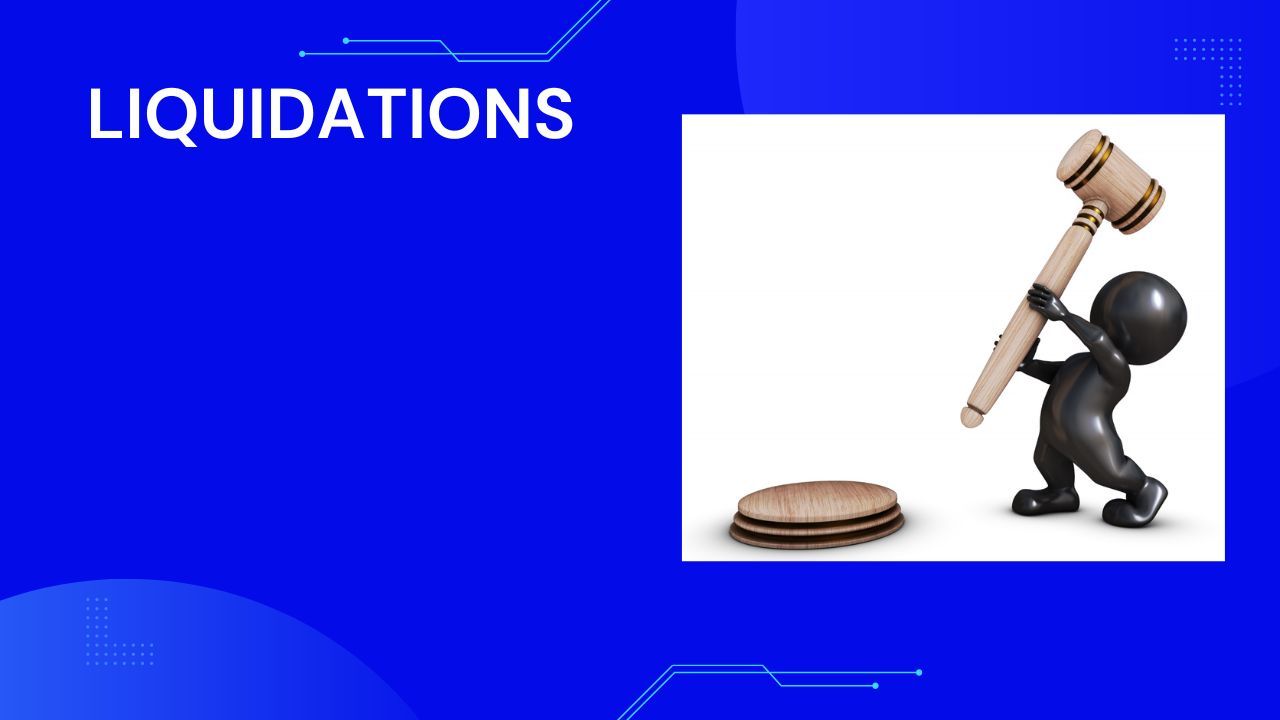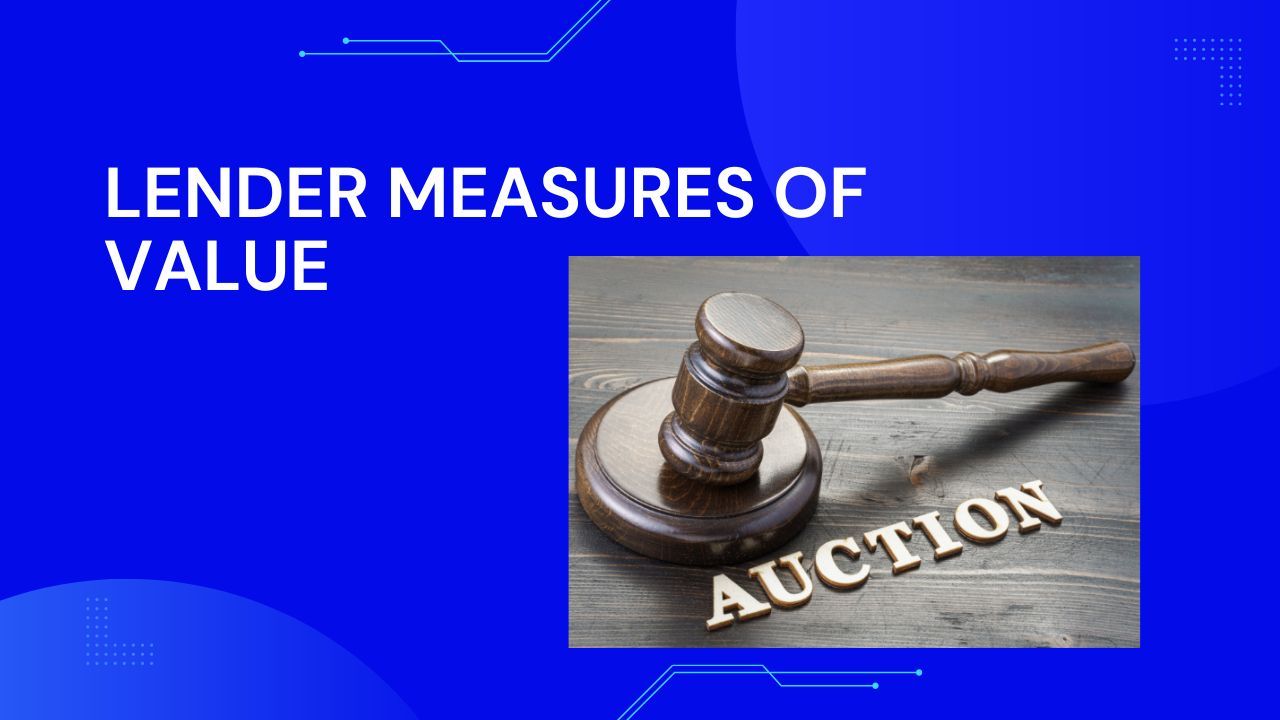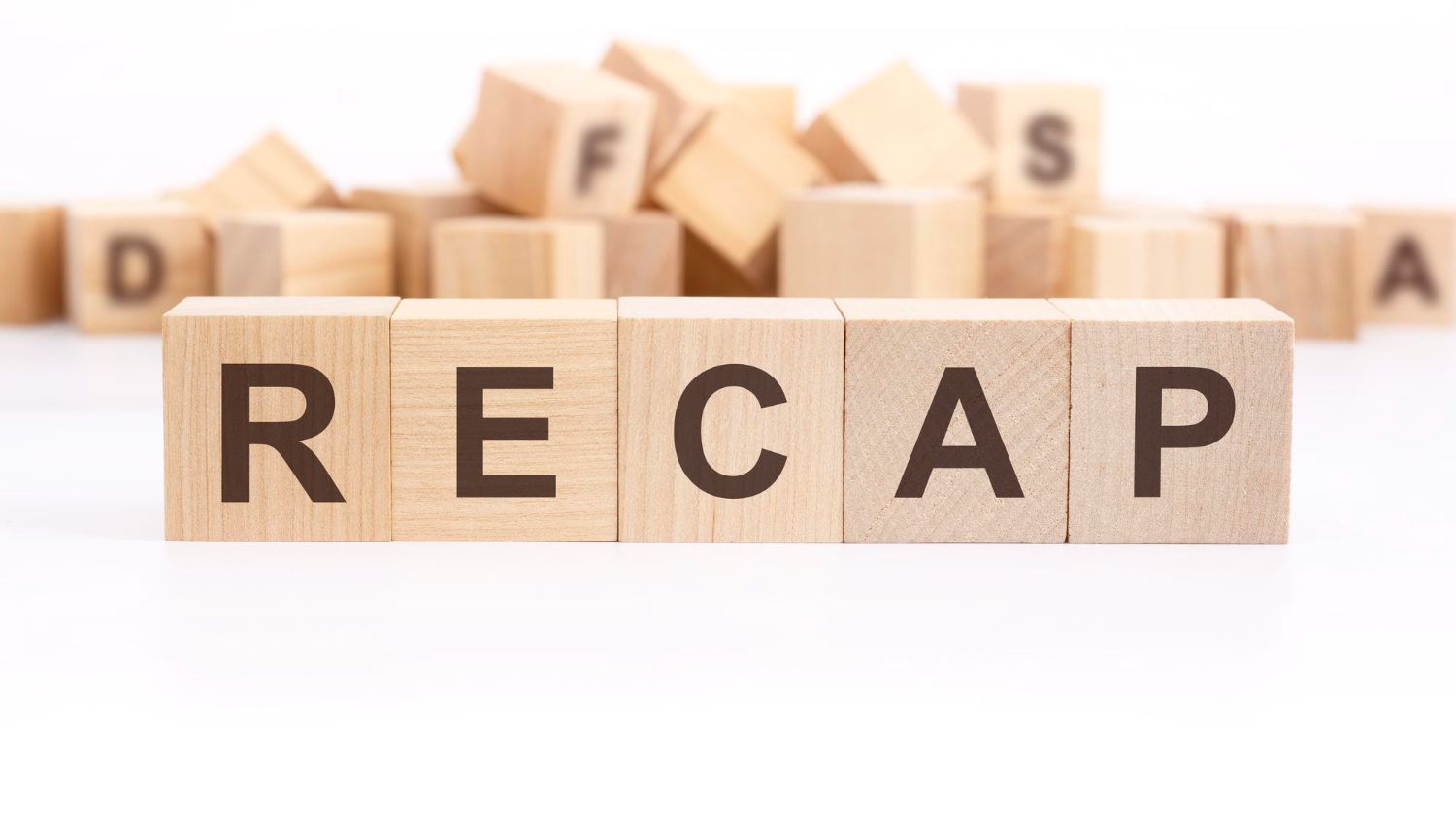Green is the New Black: Why the GGRF Matters to Your Small Business
What if you could significantly reduce your operating costs? Then imagine if you could attract a new wave of environmentally
Asset-based lending relies on collateral value. Understand how orderly liquidation value, forced liquidation value, and fair market value differ. Tips to optimize equipment collateral through maintenance, customization, upgrades, and maximizing demand can help secure top loan amounts and terms.

When evaluating asset-based business loans, lenders carefully consider collateral values. For equipment loans, a key factor is the liquidation value - how much the equipment could sell for if repossessed and sold quickly. Liquidation values influence the loan amounts and terms lenders will offer.
Lenders want collateral that can cover the loan if borrowers’ default. Used equipment sells at a discount compared to new pricing.
Lenders may pause if repossessed equipment will not fetch enough value through a quick sale to repay the loan. They focus on realistic resale numbers.
Liquidation value depends heavily on equipment type, age, condition, upgrades, location, market demand, and other factors. Specialized or highly customized equipment tends to liquidate lower.
Commodity items like trucks and trailers hold value better. Newer equipment liquidates higher than older.

Lenders have liquidation value appraisals done by independent equipment experts. Appraisers inspect equipment, assess current market conditions, review sales comparable, and derive realistic resale estimates.
For larger loans, lenders may hire equipment auction houses to conduct appraisals. Auctioneers have real-time data on what assets are fetching in the marketplace. Appraisals cost several hundred to several thousand dollars depending on the collateral.

Liquidation value is the approximate dollar amount that a company’s assets could be sold for. The speed and condition under which you sell the items will determine what value you will get.
Three types of values can come into play: fair market value, forced liquidation value, and orderly liquidation value.
Fair Market Value:You can think of this as the dealer price. The seller would be receiving fair market value if the equipment were bought on the open market for the best price possible. Both the buyer and seller would have reasonable knowledge of relevant facts of the item, and neither would be under any compulsion to buy or sell.
Orderly Liquidation Value is the middle ground value. If you were able to sell your equipment over a reasonable period, 90 to 180 days, this is the estimated gross amount you would receive.
Forced Liquidation Value is usually determined at a public auction. It is the estimated gross amount you would receive if you needed to sell equipment as soon as possible, within 30 days.

Lenders commonly use Orderly Liquidation Value or Forced Liquidation Value when evaluating equipment collateral for loans. Fair Market Value does not reflect urgent sale conditions, so it is less relevant for lenders.
Fair Market Value is more applicable for SBA business valuations. It must estimate the value of equipment assets under normal market conditions. Lenders need to know potential liquidation values. They need this information in case they must repossess and sell equipment.
In any default, a borrowing business cannot pay. As a result, lenders will deal with distressed businesses. These businesses are facing closure or bankruptcy and need to quickly sell assets.
Orderly Liquidation Value allows for a sale timeline of 90-180 days. It is more like a "going out of business" scenario. Forced Liquidation Value reflects an urgent liquidation lasting 30 days or less. It resembles a bankruptcy auction.
The time horizon dictates which type of liquidation value lenders will focus on. Their priority is determining realistic resale estimates for equipment collateral under distressed conditions.

Lenders typically loan 65% to 80% of appraised orderly liquidation values. The maximum percentages vary by lender and industry. Loans with liquid collateral like trucks may reach 80%. Specialized gear may only support 65% of advances.
Lower liquidation values mean smaller potential loan amounts, higher payments, shorter terms, or increased collateral requirements. Equipment with limited resale value is riskier for lenders. Borrowers may need to provide business or personal real estate to secure the loans.

- Keep equipment in excellent working order with updated maintenance records. Well-cared-for equipment brings higher resale prices.
- Avoid extensive customization that appeals only to narrow buyer segments. Unique equipment narrows the resale market.
- Research equipment demand and values in your geographic area and industry niche. Local demand variances affect liquidation potential.
- Consider equipment updates and enhancements that could improve functionality for secondary buyers. Updated assets often liquidate higher.
- For older equipment, estimate and budget for reconditioning costs that may be required to maximize resale value.
- Discuss catering potential loan collateral to the assets that retain the highest liquidation value in your field.

In asset-based lending, the equipment’s orderly liquidation value forms the basis for loan approvals. Taking steps to optimize your equipment’s resale value can help maximize financing offers from lenders.
When applying for asset-based lending be aware equipment liquidation values directly impacts the loan terms that lenders will offer. Maintaining your assets in optimal condition can maximize your financing potential.
Think twice about buying niche and overly customized equipment. If you can, select equipment with a strong secondary market demand. Realistic liquidation value appraisals give lenders confidence in collateral for business loans.
Sign up for the newsletter and get our latest stories delivered straight to your inbox.